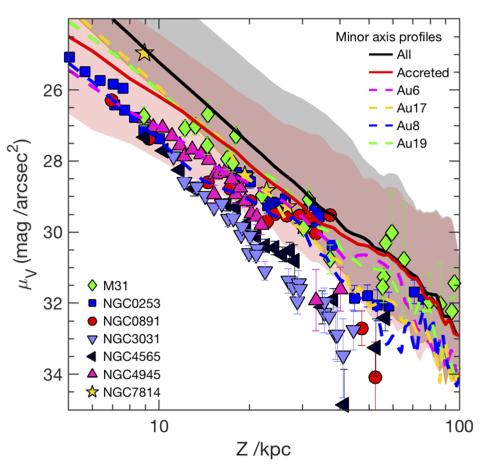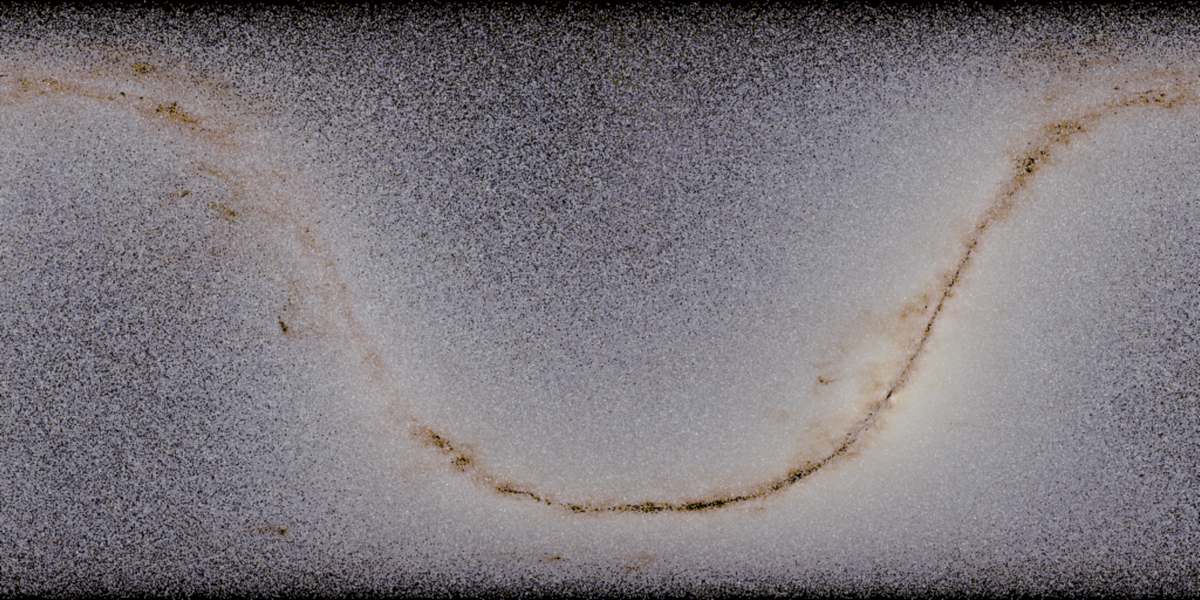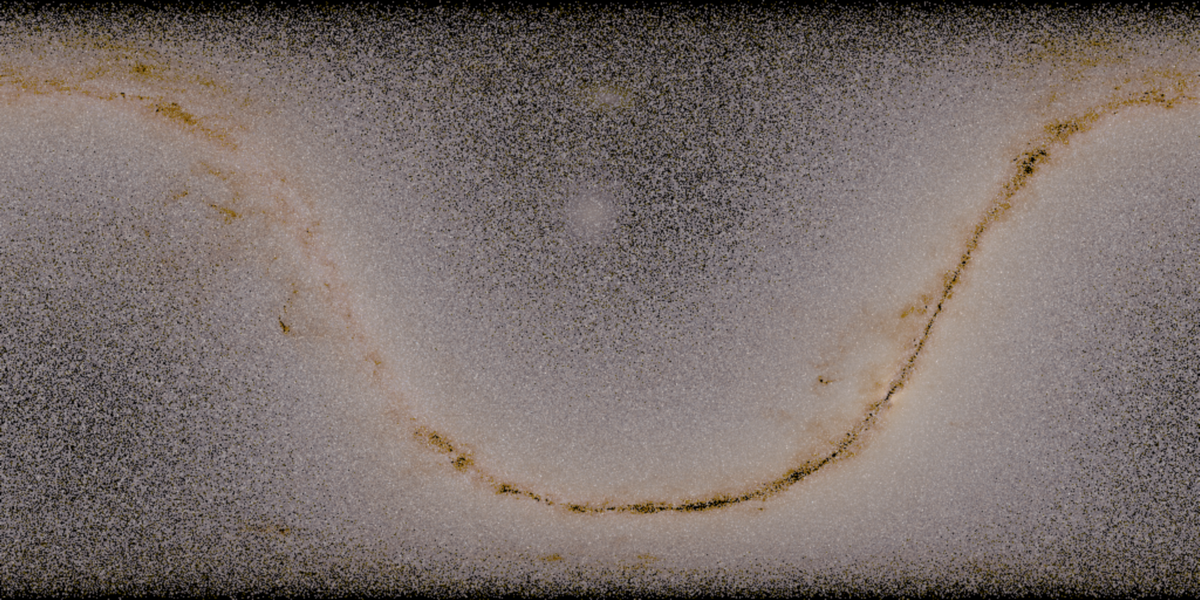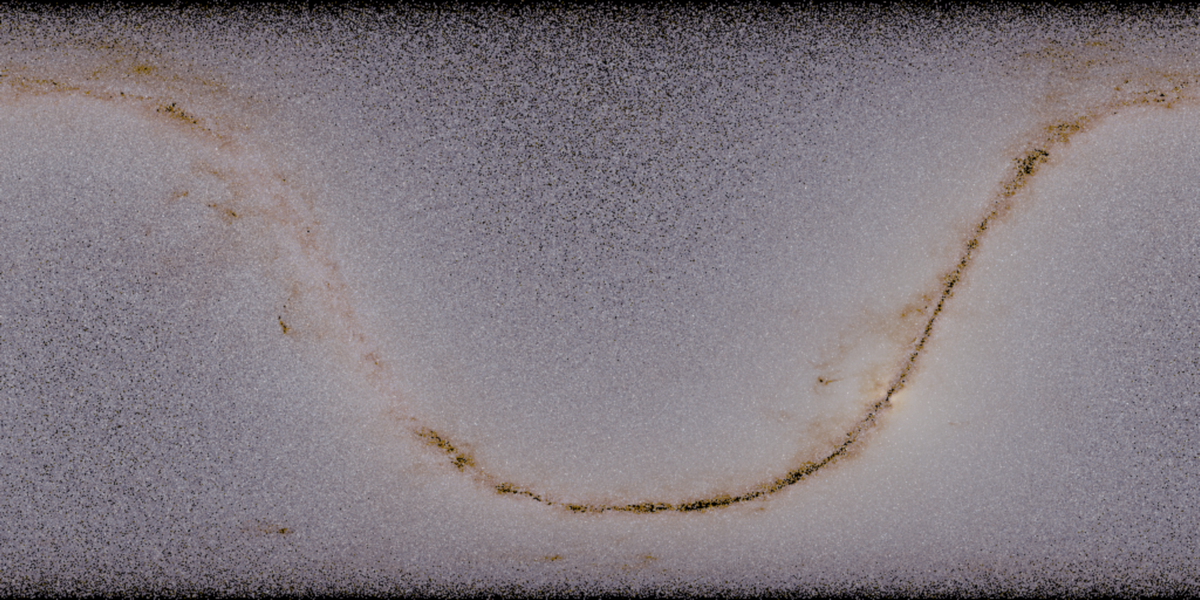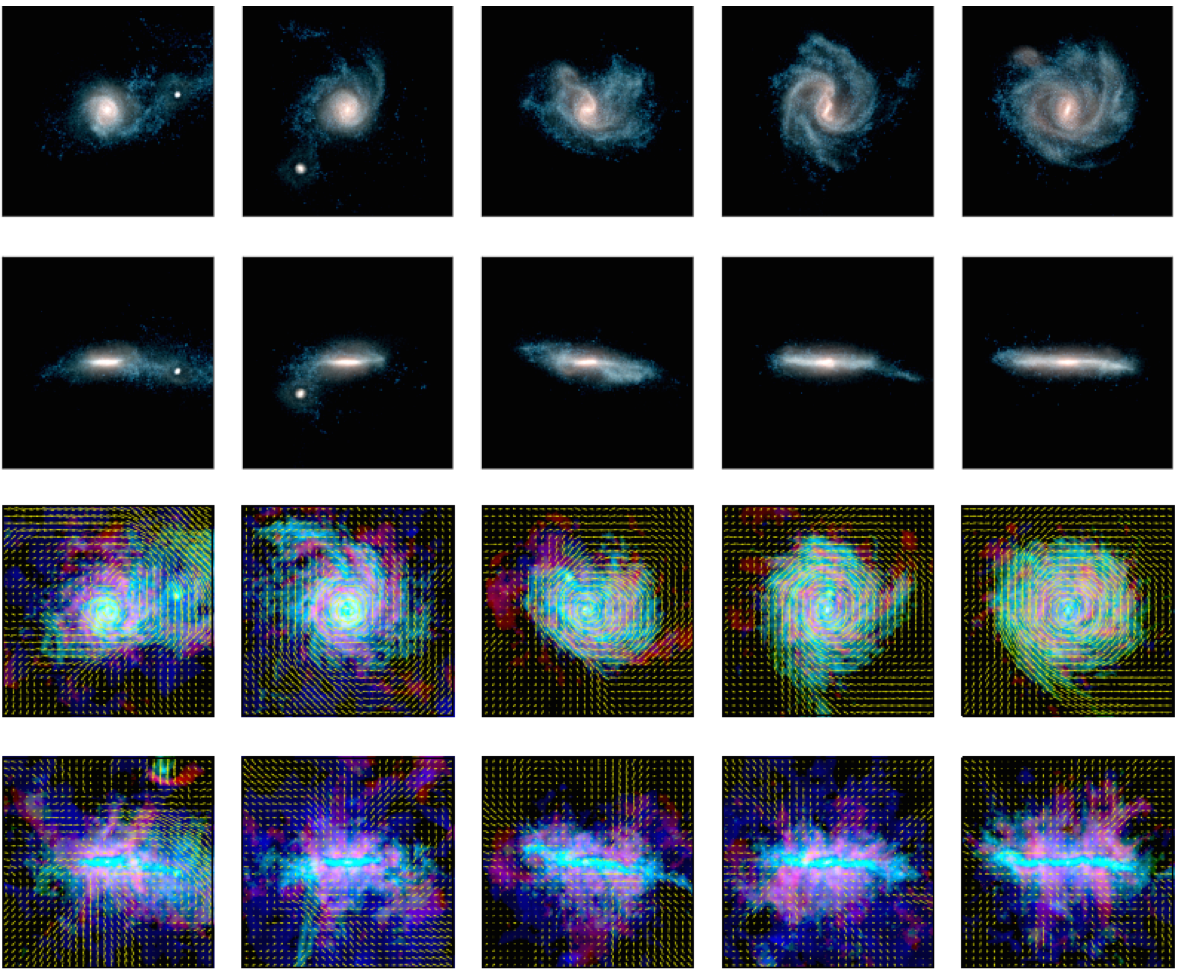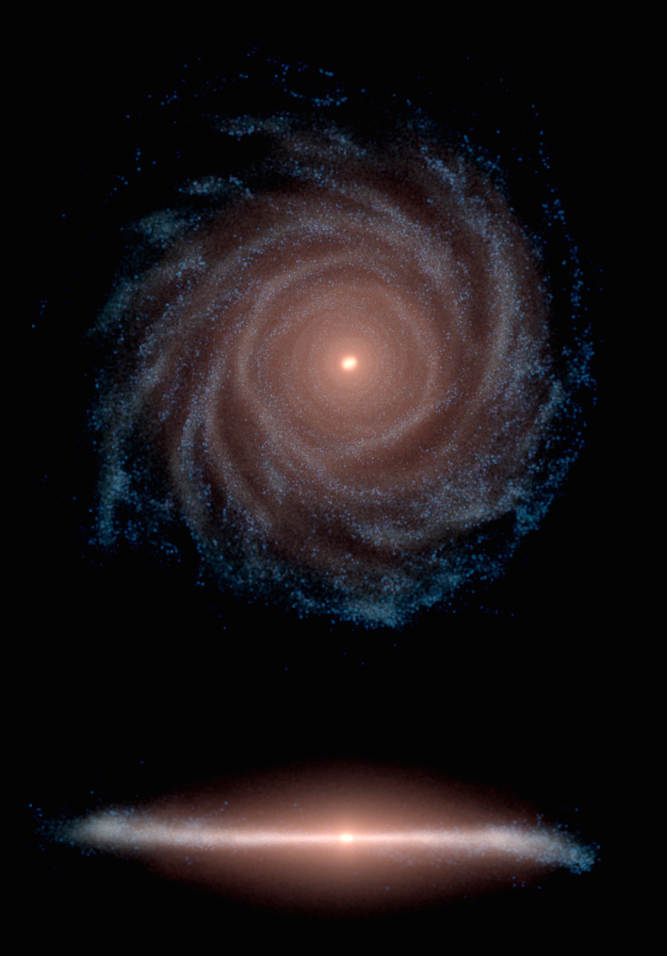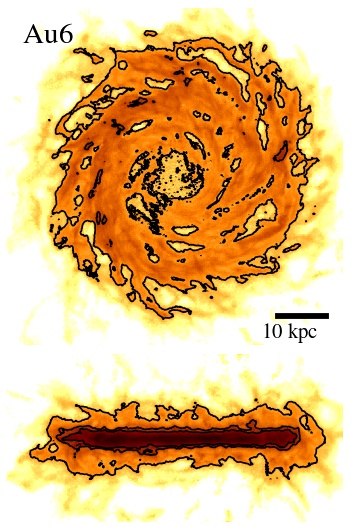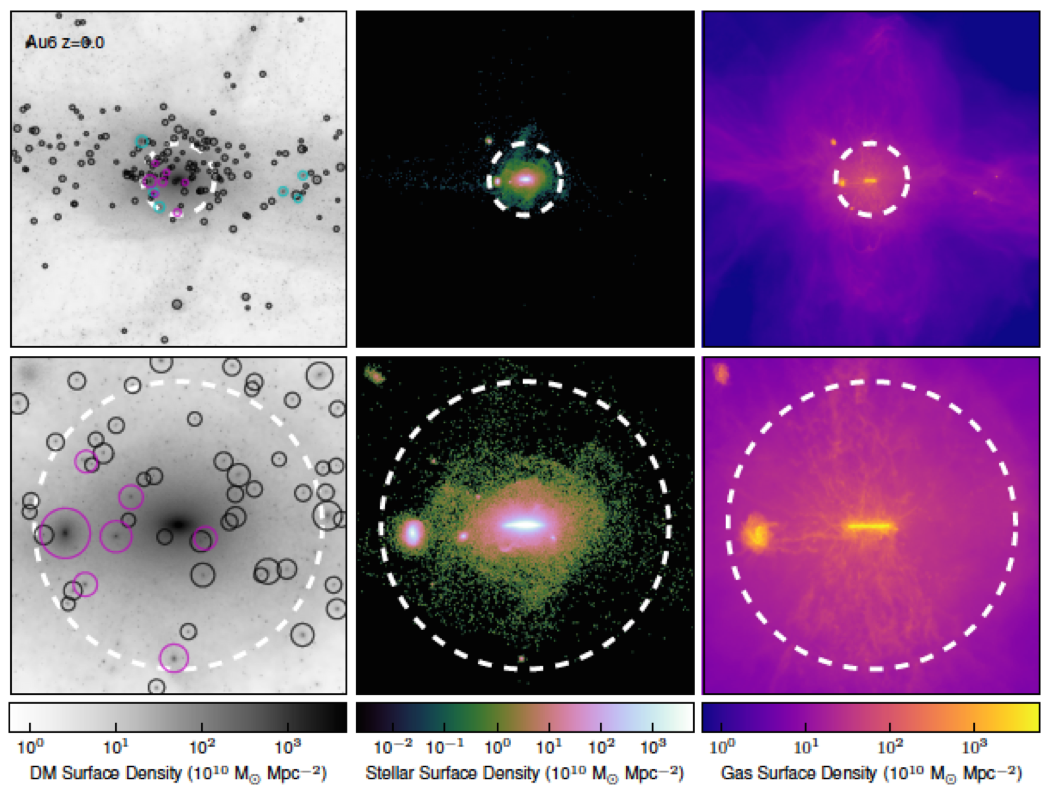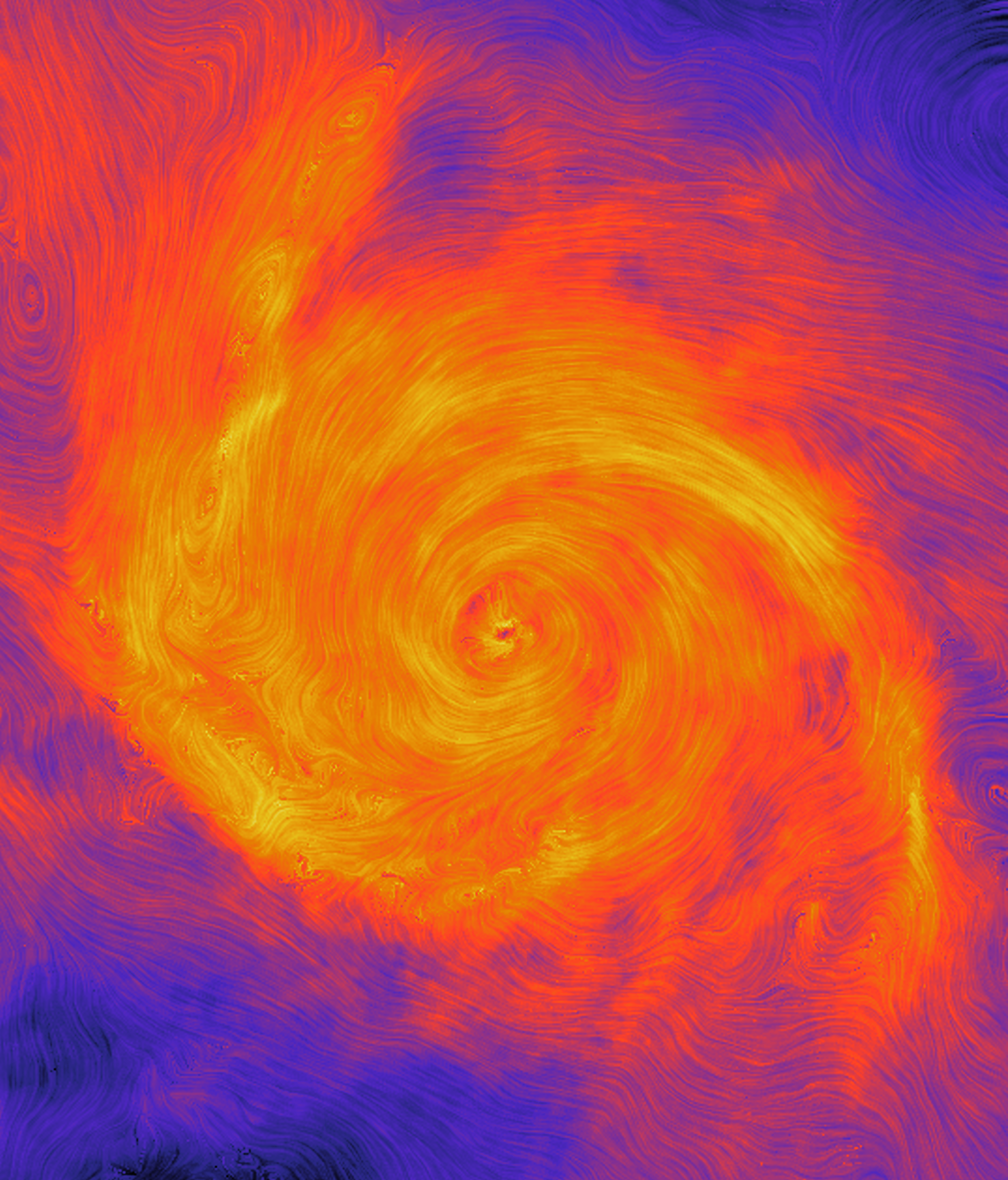Vertical Disc heating
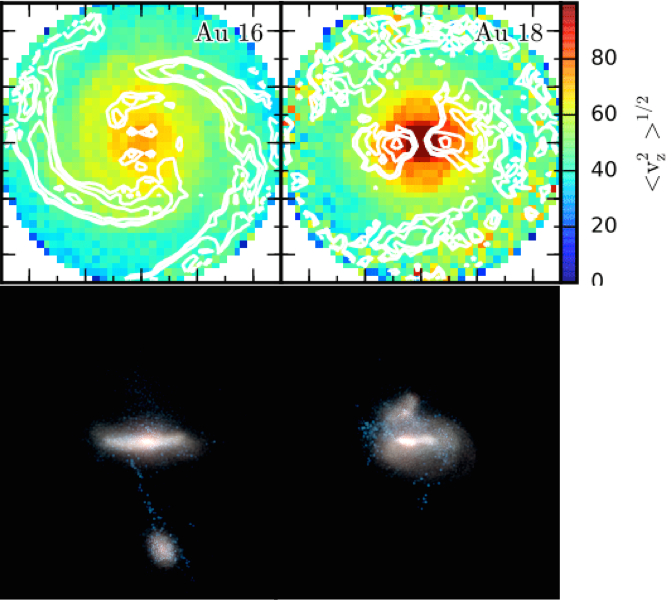
Vertically extended, high velocity dispersion stellar distributions appear to be a ubiquitous feature of disc galaxies, and both internal and external mechanisms have been proposed to be the major driver of their formation. However, it is unclear to what extent each mechanism can generate such a distribution, which is likely to depend on the assembly history of the galaxy. To this end, we perform 16 high resolution cosmological-zoom simulations of Milky Way-sized galaxies using the state-of-the-art cosmological magneto-hydrodynamical code AREPO, and analyse the evolution of the vertical kinematics of the stellar disc in connection with various heating mechanisms. We find that the bar is the dominant heating mechanism in most cases, whereas spiral arms, radial migration, and adiabatic heating from mid-plane density growth are all sub-dominant. The strongest source, though less prevalent than bars, originates from external perturbations from satellites/sub-halos of log mass greater than 10. However, in many simulations the orbits of newborn star particles become cooler with time, such that they dominate the shape of the age-velocity dispersion relation and overall vertical disc structure unless a strong external perturbation takes place. [go to paper]
